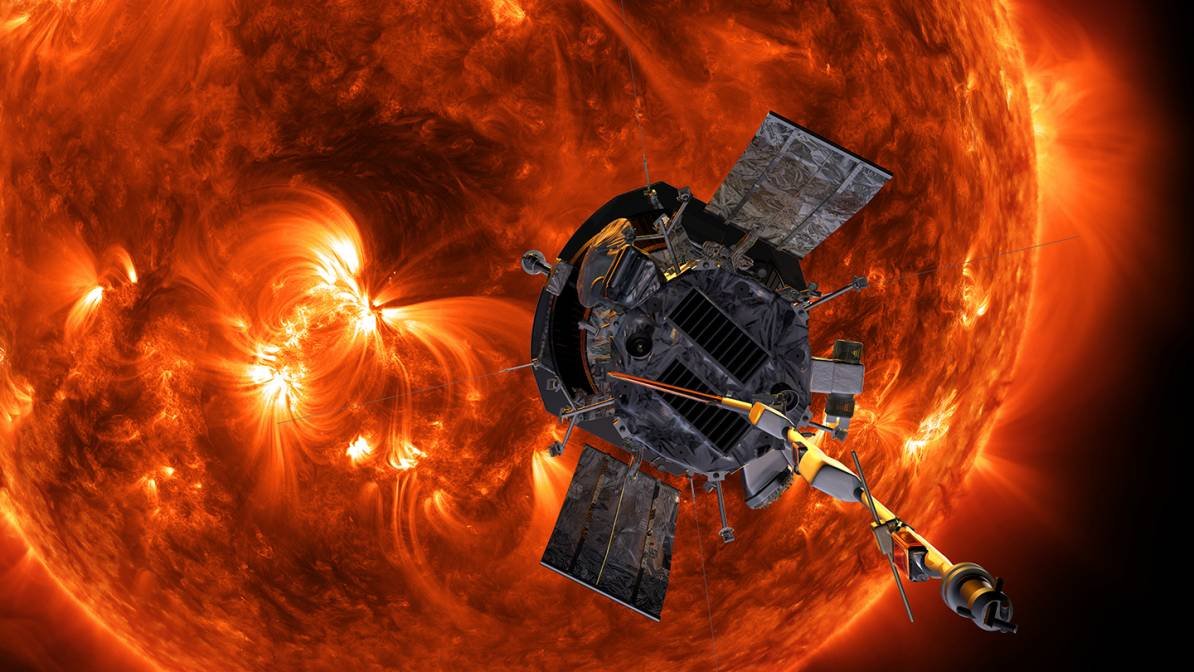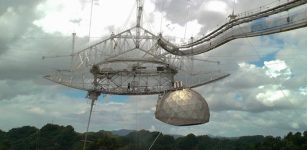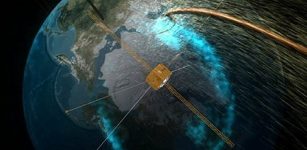Great Mysteries Of Our Sun: Parker Solar Probe Nears Its Closest Approach To The Sun
MessageToEagle.com – The Parker Solar Probe reaches its first perihelion, when it will pass within 15 million miles of the sun’s surface traveling through material that can reach as high as 3.6 million degrees Fahrenheit.
There are many questions such as: Why is the solar wind a breeze closer to the sun but a supersonic torrent farther away? Why is the corona itself millions of degrees hotter than the surface of the sun? What are the mechanisms behind astoundingly fast-moving solar energetic particles?
Many important answers we’ll get from Parker Solar Probe exploroing the Sun’s mysteries during its 7-year-mission.

During the perihelion and for some time afterwards, the probe will be completely out of contact with the mission operations team back at the Johns Hopkins Applied Physics Laboratory because of interference from the sun’s overwhelming radio emissions.
Scientists will anxiously await a beacon tone from the spacecraft, which will let them know the status of the probe.
During its orbit, the spacecraft will be protected from solar radiation by the Thermal Protection System, or heat shield. Designed by engineers at APL and at the Whiting School of Engineering, the heat shield is composed of carbon-carbon sheets surrounding about 4.5 inches of carbon foam and topped with a ceramic coating of bright white aluminum oxide to reflect the sun’s heat and light.
The sun-facing side of the heat shield will be exposed to temperatures as high at 2,500 degree Fahrenheit, while the back of the shield will reach only 600 degrees.
A host of autonomous systems will keep the spacecraft safe without guidance from mission operations during its orbit—including automatic retraction of the solar panels to regulate their temperature, sensors that help the spacecraft maintain its orientation in orbit to keep the instruments in the heat shield’s shadow, and a sophisticated guidance and control system that keeps the spacecraft pointed correctly.
“You can’t do Parker Solar Probe unless you’re willing to build an autonomous spacecraft that can take care of itself … and all these [systems] contain some level of risk,” Andrew Driesman, project manager for Parker Solar Probe, in a press release.
“We’re going to go closer to the sun than any other spacecraft has gone before, and we’re not going to do that once, we’re not going to that twice, we’re going to do that 24 times. And that is terrifying.”
MessageToEagle.com










